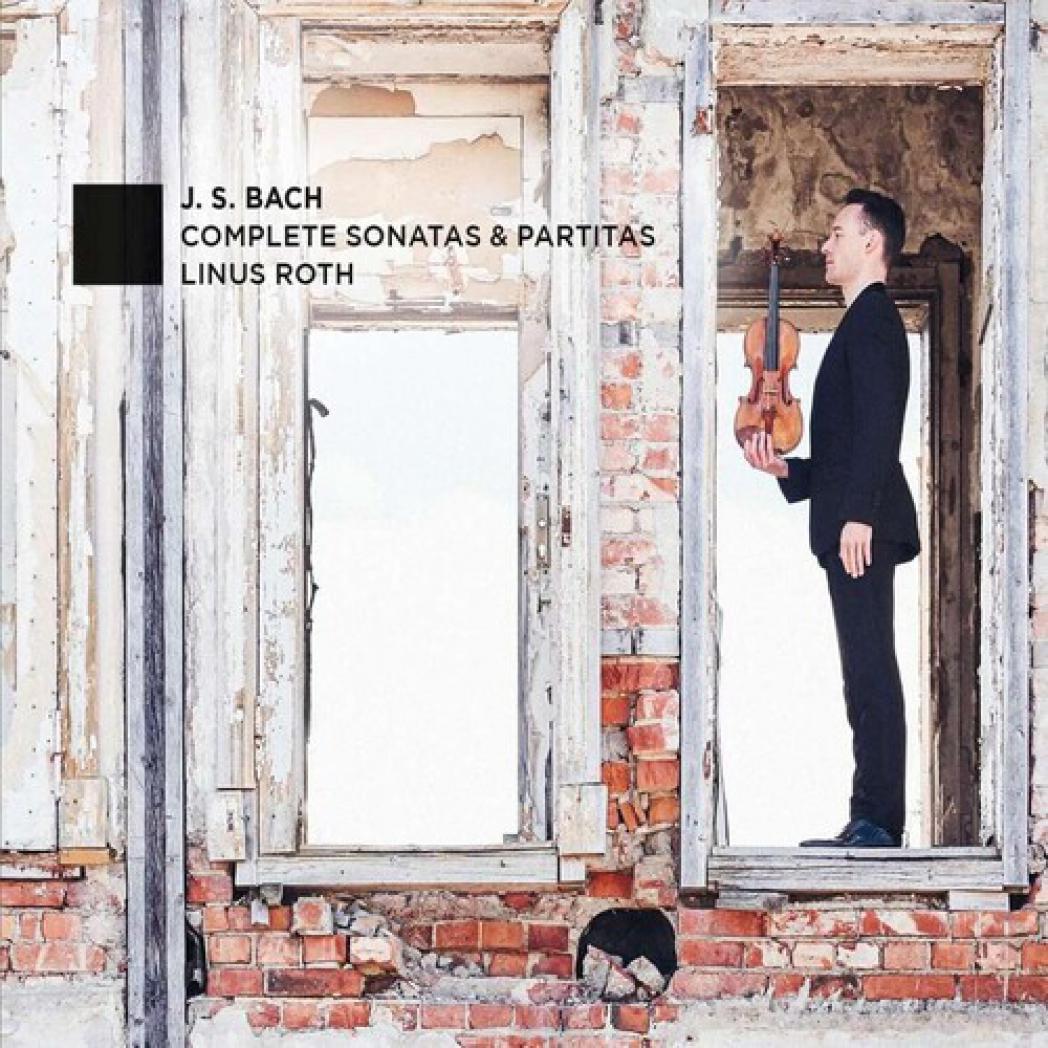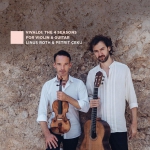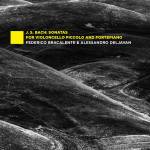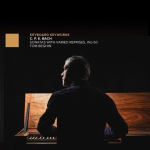Accessories |
My Account
|
Log In
|
English |
€ Euro |
Advanced Search
|
All Categories
BEST SELLER
500
NEW RELEASES
11.027
SPECIALS
237.952
Your search:
No selection
Filter results:
TECHNICS
290.614
GAMES/SOFTWARE
27.272
MUSIC
706.478
Other Classic
3.683
- Accordion
23
- Bassoon
5
- Bugle
3
- Cello
123
- Clarinet
22
- Clavichord
45
- Double Bass
5
- Early Instrum.
17
- Flute
56
- Guitar
315
- Harp
51
- Harpsichord
227
- Lute
108
- Mandolin
11
- Oboe
8
- Organ
533
- Other Solo Instrum.
1.704
- Percussion
16
- Piano
2.434
- Recorder
12
- Saxophone
12
- Trombone
4
- Trumpet
11
- Viola
29
- Violin
203
Symphonic Music
12.909
|
Music Movie Audiobooks Merchandise Children's |



















